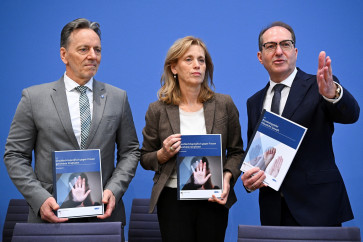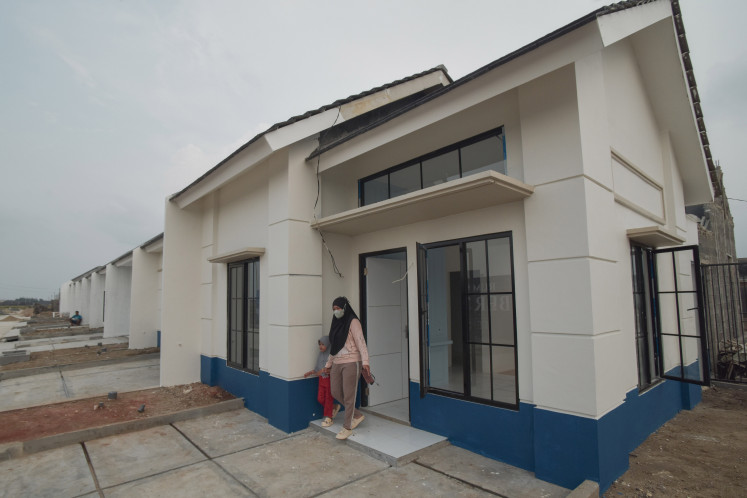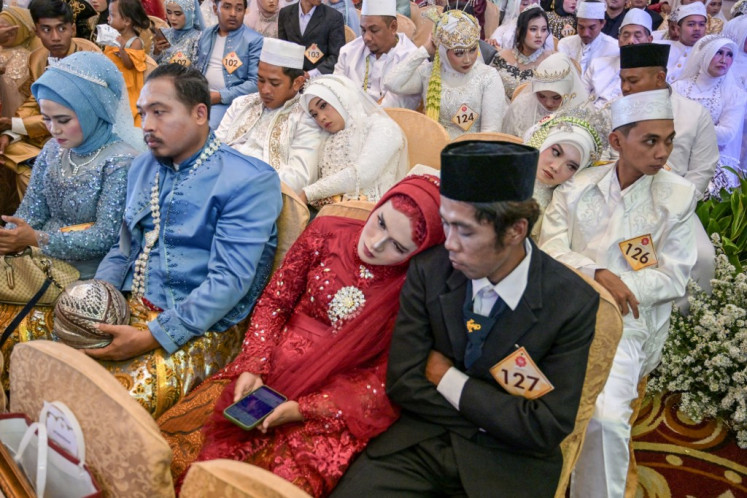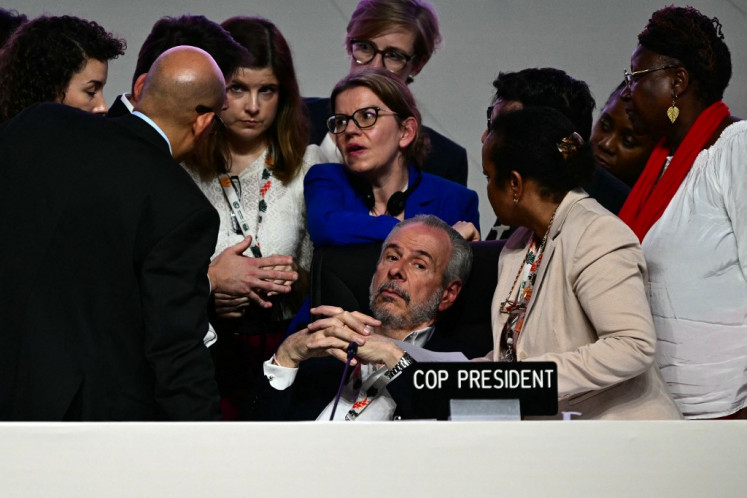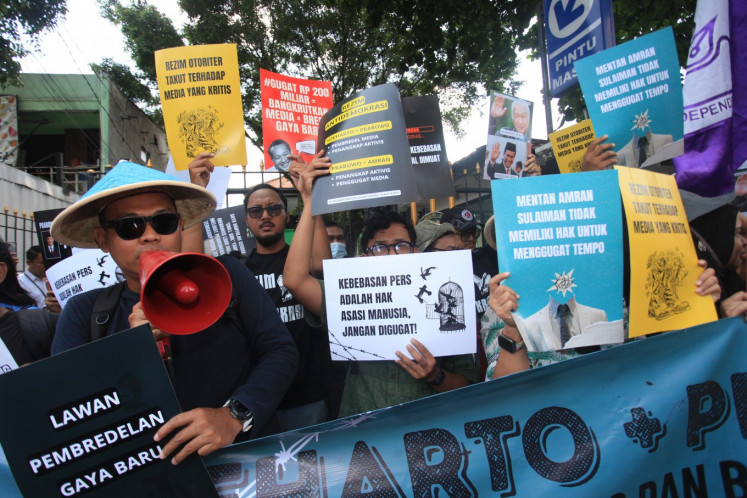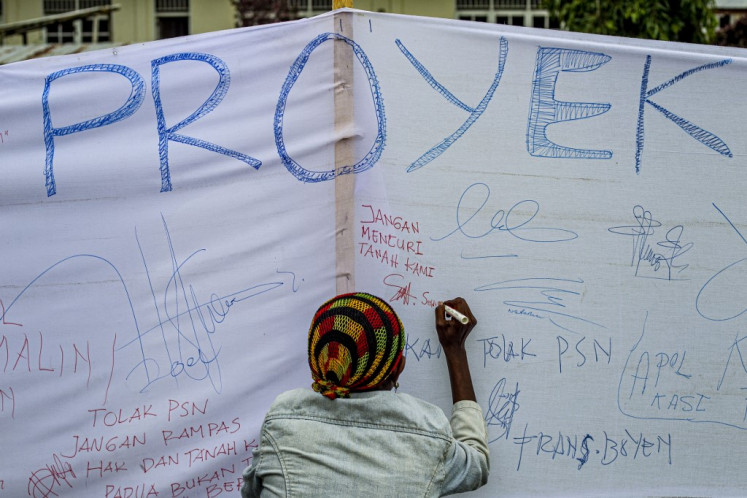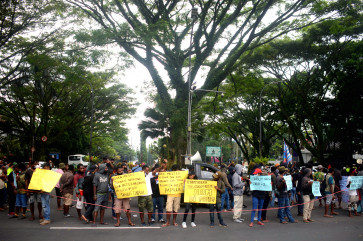Popular Reads
Top Results
Can't find what you're looking for?
View all search resultsPopular Reads
Top Results
Can't find what you're looking for?
View all search resultsCommemorating Papua Land of Peace Day
From Papua’s Land of Peace declaration we can learn about ways to make the idea of Papua as a land of peace and harmony a reality.
Change text size
Gift Premium Articles
to Anyone
O
n Feb. 5 each year in Papua, people commemorate the day the Gospel was spread in Papua and the declaration of Papua Tanah Damai (Papua as Land of Peace, or PTD). The day represents a distant hope for many people in the restive region, which is still experiencing a protracted violent conflict, where blood and tears of sorrow are shed.
We know that since being incorporated into Indonesia via a United Nations-sponsored Act of Free Choice (Penentuan Pendapat Rakyat) in 1969, the mountainous half-island of Papua has had a troubled relationship with the Indonesian government. Local opposition to the widely criticized referendum led to the emergence of the Free Papuan Organization (Organisasi Papua Merdeka, OPM) in 1965, which has led to a low-level armed insurgency over several decades. In response, the government has suppressed the separatist movement with violence.
Other causes for resentment on the part of the indigenous population include Papua’s poverty relative to other parts of the archipelago, as well as the large-scale influx of Muslim migrants that have tipped the demographic balance in some areas against the predominantly Christian Papuans.
Various efforts to comprehensively solve the Papuan problem have not yielded results. The non-security approach also fails to make a difference. Infrastructure development to improve welfare, from the reform era of 1998 until the reign of President Joko “Jokowi” Widodo, along with the implementation of special autonomy and regional expansion, have yet to ease the level of violence in the region. Recent data on violent conflicts show an upward trend, with no sign of easing. It is also worth noting that the rate of violence has escalated even after the signing of a humanitarian pause agreement in Geneva last year.
This essay looks into the origin of Papua’s Land of Peace declaration, from which we can learn about ways to make the idea of Papua as a land of peace and harmony a reality.
To understand the PTD framework holistically, it is important to understand its genesis. The PTD peace framework, which was launched on Feb. 5, 2003, did not emerge in a historical vacuum. It is rooted in the experience of Papuans who have a real desire for peace. At the outset, the indigenous Papuan youth, including students, wanted to nurture a culture of peace by promoting the idea that Papua is “a Zone of Peace”. At that time, they did not use the term PTD, or “Papua the Land of Peace”.
The initiative was broached in a meeting in Serui, Yapen Waropen, in June 1999 because Papuan people wanted peace in Papua. I contend that the violent approach by the Indonesian government during the New Order regime against Papuans, including the Biak massacre, which had happened only 11 months earlier (July 6, 1998), gave impetus for that meeting. The participants wanted to ensure their meeting was not regarded as subversive against the Indonesian government. In a ceremonial meeting, Marthen Tanawane, a Papuan tribal leader, declared Yapen Waropen as “a Zone of Peace” on Sept. 17, 2000.



